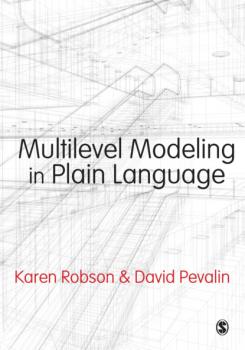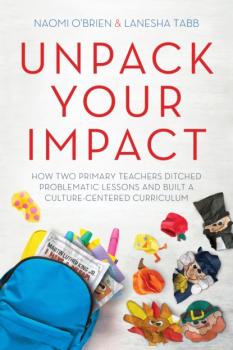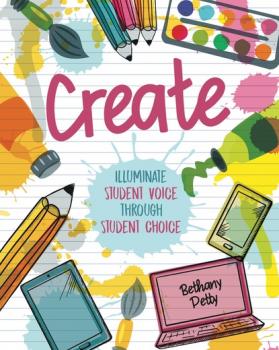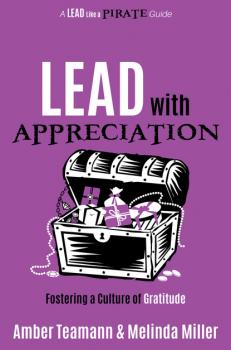ТОП просматриваемых книг сайта:
Учебная литература
Различные книги в жанре Учебная литература, доступные для чтения и скачиванияАннотация
Both practical and theoretical in approach, this book is the perfect companion for student researchers and policy makers alike. It provides actionable advice for planning and implementing evaluations, while also instilling an ability to assess the evaluations of others and consider the ways in which evaluation evidence could influence policy and practice. Drawing upon a wide range of examples from policy areas like education, criminal justice, and health and social care, this book showcases how evaluation is an interdisciplinary research practice with a spectrum of applications. Each chapter contains philosophical underpinnings and applied knowledge as well as examples from published evaluations. Specific topics include how to: Choose an approach to evaluation Plan, design, and conduct evaluations Approach evaluations using theories of change Differentiate between process, impact, and economic evaluations Understand the role of quantitative and qualitative methods in data collection Use systematic reviews and other tools to assess and disseminate evaluation findings From getting started in the field to turning evidence into policy, this book will guide you through every step of the evaluation process.
Аннотация
Have you been told you need to do multilevel modeling, but you can't get past the forest of equations? Do you need the techniques explained with words and practical examples so they make sense? Help is here! This book unpacks these statistical techniques in easy-to-understand language with fully annotated examples using the statistical software Stata. The techniques are explained without reliance on equations and algebra so that new users will understand when to use these approaches and how they are really just special applications of ordinary regression. Using real life data, the authors show you how to model random intercept models and random coefficient models for cross-sectional data in a way that makes sense and can be retained and repeated. This book is the perfect answer for anyone who needs a clear, accessible introduction to multilevel modeling.
Аннотация
This innovative book provides a fresh take on quantitative data analysis within the social sciences. It presents variable-based and case-based approaches side-by-side encouraging you to learn a range of approaches and to understand which is the most appropriate for your research.</span></p> <p style="margin: 0cm 0cm 10pt;"><span>Using two multidisciplinary non-experimental datasets throughout, the book demonstrates that data analysis is really an active dialogue between ideas and evidence. Each dataset is returned to throughout the chapters enabling you to see the role of the researcher in action; it also showcases the difference between each approach and the significance of researchers’ decisions that must be made as you move through your analysis. </span></p> <p style="margin: 0cm 0cm 10pt;"><span>The book is divided into four clear sections:</span></p> <ul> <li style="margin: 0cm 0cm 0pt;"><span>Data and their presentation</span></li> <li style="margin: 0cm 0cm 0pt;"><span>Variable-based analyses</span></li> <li style="margin: 0cm 0cm 0pt;"><span>Case-based analyses</span></li> <li style="margin: 0cm 0cm 10pt;"><span>Comparing and combining approaches</span></li> </ul> <p style="margin: 0cm 0cm 10pt;"><span>Clear, original and written for students this book should be compulsory reading for anyone looking to conduct non-experimental quantitative data analysis.</span></p>
Аннотация
In CREATE, tech-savvy high school teacher Bethany Petty coaches teachers to design tech experiences that will encourage students’ creativity even as they enhance instruction and evaluation. In these pages, packed with as much fun, dynamic illustrations and stories as innovation, Petty presents a thorough overview of the many digital classroom tools that are available, from social media templates and audio-visual projects to inventive games and multimedia presentations. With rich ideas for engagement, comprehensive lists of resources, and an easy-to-navigate format, CREATE is a go-to guide for teachers looking to bring tech creativity into their classrooms.
Аннотация
Positive recognition and appreciation can transform your school from a place where people have to work into one where they want to work and enjoy bringing their best every day. And that transformation starts with the leader! In this Lead Like a PIRATE Guide, Amber Teamann and Melinda Miller offer practical and doable strategies to revolutionize your campus culture.










